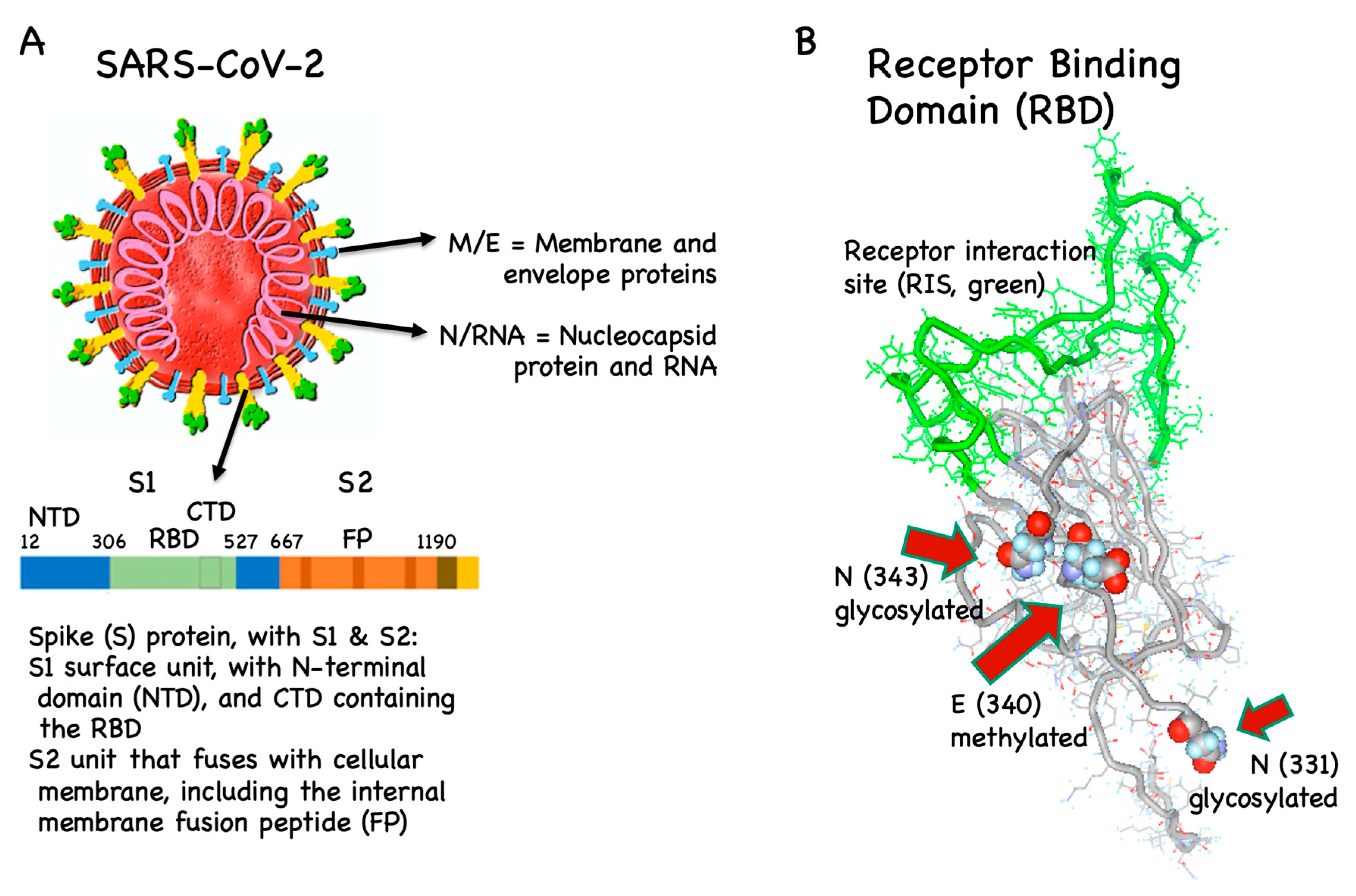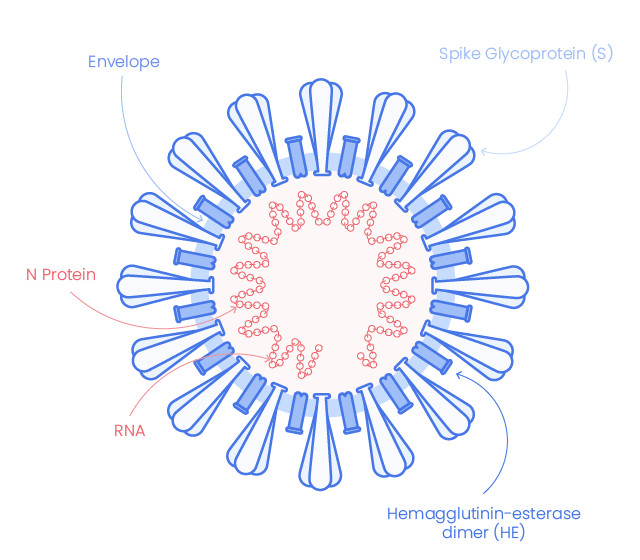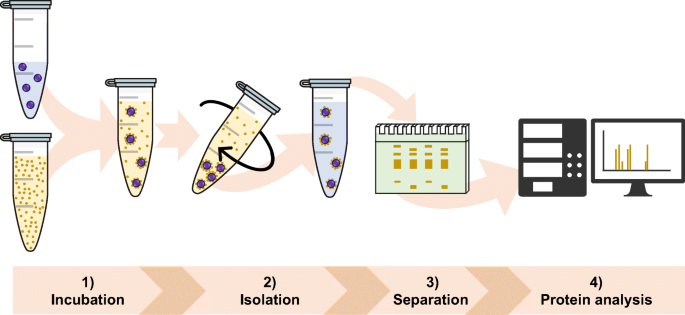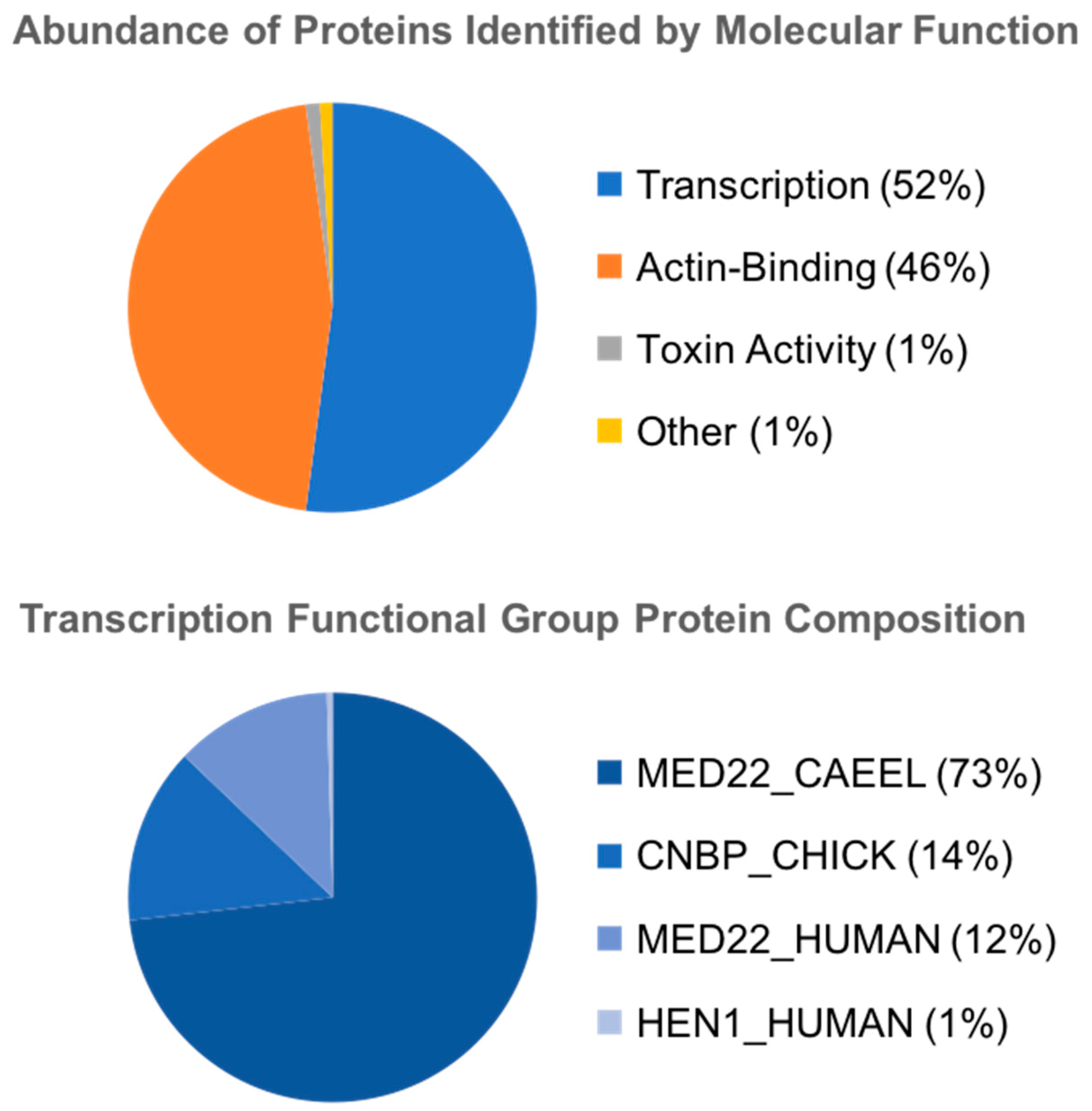It is pH-sensitive allowing for controlled release size-modifiable simple and cheap to produce. The spike S protein nucleocapsid N protein membrane M protein and the envelope E protein all of which are required to produce a structurally complete viral particle 29 37 38.

Chapter 1 Nanoparticle Protein Corona Complex Composition Kinetics Physico Chemical Characterization And Impact On Biomedical Applications Rsc Publishing Doi 10 1039 9781788016308 00001
Here we show that the biological identity of liposomes is clearly.

Protein corona forms. Certain proteins including proteins related to the immune response and inflammation bone and wound healing. The protein corona is widely recognized as a key concept in contemporary nanomedicine. Bacterial effects and protein corona evaluations.
The protein corona forms a monolayer with a thickness of 33 nm. 27052019 The coronaviral genome encodes four major structural proteins. 14012020 When a nanoparticle enters a biological environment the surface is rapidly coated with proteins to form a protein corona.
Presence of the protein corona surrounding the nanoparticle has significant implications for applying nanotechnologies within biological systems affecting outcomes such as biodistribution and toxicity. Proteins bind to the negatively charged nanoparticles with micromolar affinity and time-resolved fluorescence quenching experiments show that they reside on the particle for approximately 100 s. Furthermore the ratio between particle surface area to protein concentration influences the detected corona.
In biological fluids proteins bind to nanoparticles that form the protein corona crucially affecting the nanoparticles biological identity. Aβo displayed little change in membrane association in whole blood or washed blood ie cells in the. We also show that the nanoparticle size per se influences the formed protein corona.
22092013 In particular proteins bind to the surface of nanoparticles to form a biological coating around the nanoparticle known as the protein corona. Here we show distinct differences in the protein corona formed in whole blood whole blood with EDTA plasma or serum. When a nanomaterial is introduced into a biological fluid macromolecules compete to form a protein corona on the nanoparticle surface and depending on the specific proteome different patterns of proteins will form the final protein corona shell depending on their affinity for the nanoparticle surface.
Biological fluids have complex compositions and the molecular components interact and function together in intricate networks. Crucial ignored factors in the prediction of bio-efficacy of various forms of silver nanoparticles Chem Res Toxicol. Transmission electron microscopy image showing the formation of biomolecular corona around the surface of nanoparticles.
11062021 Since protein coronas or eco-coronas can form both endogenously and exogenously they encounter a wide range of environmental conditions with significant impacts upon ENM stability and evolution. 04042019 dynamic model for the protein corona of MHA scaffolds to predict the correlation between the inflammatory reaction and bone wound healing as well as the underlying mechanism governing such a process. 11092020 Similarly the secondary structure of LYS was investigated before and after exposure to PS nanoplastics.
22022019 The protein corona formed around MgF₂ nanoparticles lacks typical opsonins but contains some dysopsonins. 11112019 In this study the effects of the plasma protein corona have been investigated with regard to the blood cell association and cytokine secretion of oligomeric Aβo and fibrillar Aβ1-42Aβf two major forms of the peptide aggregates. In recent years the interest in the protein corona has reached new heights as a number of reports have suggested that a comprehensive protein corona can form around nanomaterials that previously were thought to be resistant to protein binding.
17042017 The protein corona formed around nanoparticles in protein-rich fluids plays an important role for nanoparticle biocompatibility as found in several studies during the last decade. 13022007 In a biological fluid proteins associate with nanoparticles and the amount and presentation of the proteins on the surface of the particles leads to an in vivo response. The structure and aggregation of protein corona around the nanoparticles are of vital importance in the safe application of nanomaterials in living organisms.
Unlike HSA LYS carries a net positive charge at pH 74 suggesting that the LYSPSsmall will form a complex with a hard protein corona with consequent protein structure change PS could only form soft corona complex with HSA. Therefore the process to isolate blood or the preparation of blood. As the corona affects in vitro andor in vivo nanoparticle applications we developed a method to obtain time-resolved protein corona profiles formed on various nanoparticles.
31072014 When a nanoparticle enters the bloodstream proteins bind to it to form a corona that may affect its function. 15082019 In a physiological fluid eg blood nanomaterials will strongly interact with proteins to form protein corona. Proteins compete for the nanoparticle surface leading to a protein corona that largely defines the biological identity of the particle.
15082019 The liposomeprotein corona is a dynamic interface that regulates the interaction of liposomes with the physiological environment. A drug delivery vector in the form of MgF₂ nanocrystals has been developed to transport doxorubicin into breast cancer cells.

Vaccines Free Full Text Covid 19 Mechanisms Of Vaccination And Immunity Html

Sars Cov 2 Proteins Eurogentec

Unveiling The Pitfalls Of The Protein Corona Of Polymeric Drug Nanocarriers Springerlink

On Chip Electrical Monitoring Of Real Time Soft And Hard Protein Corona Formation On Carbon Nanoparticles Srivastava 2020 Small Methods Wiley Online Library
Molecular Biology Of Coronaviruses An Overview Of Virus Host Interactions And Pathogenesis

Applied Sciences Free Full Text Differences Among Unique Nanoparticle Protein Corona Constructs A Case Study Using Data Analytics And Multi Variant Visualization To Describe Physicochemical Characteristics Html

Understanding Covid 19 What Is The Sars Cov 2 Spike Protein

On Chip Electrical Monitoring Of Real Time Soft And Hard Protein Corona Formation On Carbon Nanoparticles Srivastava 2020 Small Methods Wiley Online Library

The Protein Corona On Nanoparticles As Viewed From A Nanoparticle Sizing Perspective Advanced Science News

0 comments:
Post a Comment